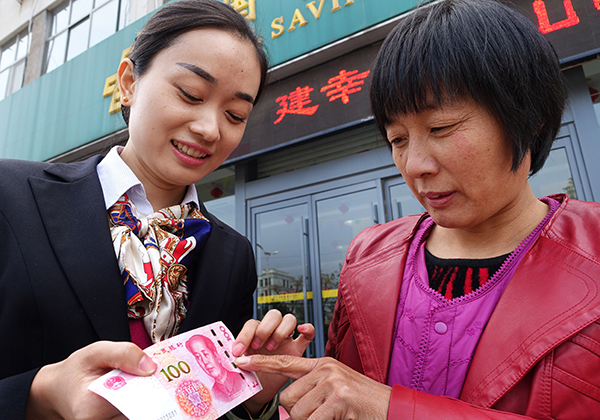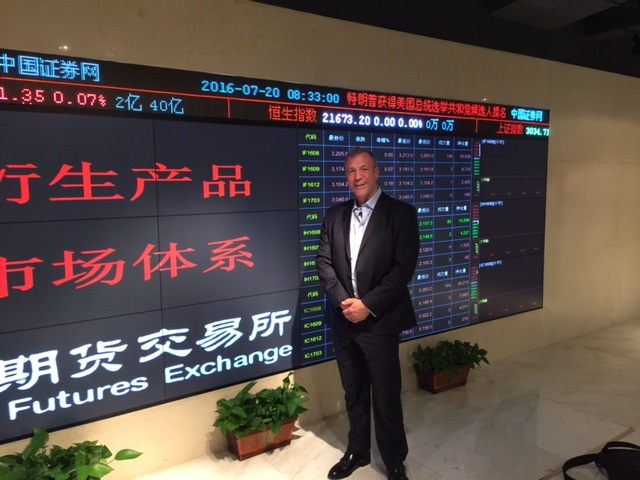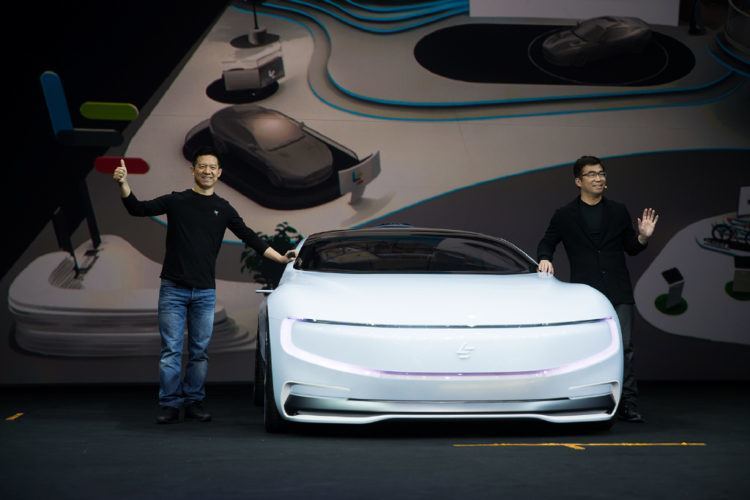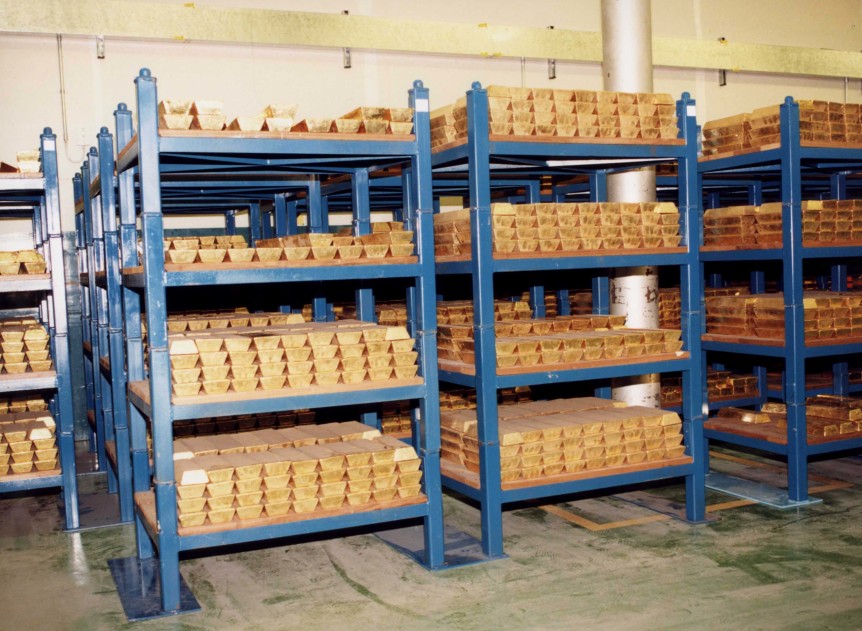The factory looks like many others in China’s heavily industrialized Guangdong province — crates and scrap metal outside, vats of steaming chemicals and rows of stainless steel parts inside.
Workers are dwarfed by the mammoth metal presses they run, loud and grimy like something out of the industrial revolution.
Indeed, these plants have been the foundation of China’s manufacturing revolution, churning out more than $2 billion worth of exports every single day in this region alone.
This factory belongs to Ying Ao Kitchen Utensils, which makes designer stainless steel sinks for North American consumers, including about 150,000 destined for Canadian kitchens every year.
But look past the row of men and women folding, welding and sorting the shiny sinks, and you’ll see another revolution firmly taking hold here: China’s robot revolution.
In two back rooms, giant, orange robotic arms have replaced human workers. They pick up the half-finished fixtures, twirl them in the air and push them against wheels that grind, buff and polish. A few minutes later, they repeat the moves with another sink. And then another. Automated carts swing by and collect the finished products.
So far, nine of these robotic machines have taken the place of 256 workers here.
“They cost less and take up less space. And they’re far easier to manage,” said Chen Conghan, deputy manager of the company. “Workers get sick. They have down days. They make mistakes. Robots can work 24 hours a day and always finish the job on time.”
Supply of cheap labour drying up
The industrial robots might also solve a growing problem: China’s dwindling supply of cheap, low-skilled labour. For three decades, that was the magic ingredient that pushed this economy to become the second biggest in the world. Millions of labourers left the countryside and flooded the industrial cities, lifting themselves out of poverty and their children into the middle class.
But now, there aren’t enough of those children. The population is aging. The so-called demographic dividend is fading.
“It’s becoming harder and harder to recruit workers and to keep them,” said Chen. “This work is intense and tiring, so we have to pay people more and more to lure them and keep them.”
The wage in this plant is around $1,200 a month, more than double the average in this region.
Young people, especially, are turning away from the tedious, repetitive factory work their parents sought.
And as overall wages have been skyrocketing in China at a rate of 10 per cent a year, the cost of industrial robots has been plummeting. It cost the Ying Ao factory about $4 million to install the nine robots, about the same amount as a year’s worth of salaries for the 256 workers they replaced.
Massive layoffs coming as China confronts overbuilt economy
China unveils new plan to spur slowing economy
The cost is expected to drop by a further 20 per cent worldwide in the next decade, according to a study by the Boston Consulting Group.
“This is the future of ‘Made in China,'” said Zhang Tao, the deputy manager for intelligent manufacturing in the hub city of Foshan. “I think it may be too optimistic to say robots will replace humans in three years … but you could say there will be much more co-operation.”
China buying up robot makers
The shift from human to machine isn’t just a business move by individual firms. It’s a fundamental shift in labour for the world’s biggest manufacturer, a national movement spurred on by political slogans and directives. Chinese President Xi Jinping has called for a “robot revolution” as the government has promised generous subsidies. Guangdong province alone has set aside almost $200 billion for the transition.
More…
About the Author









